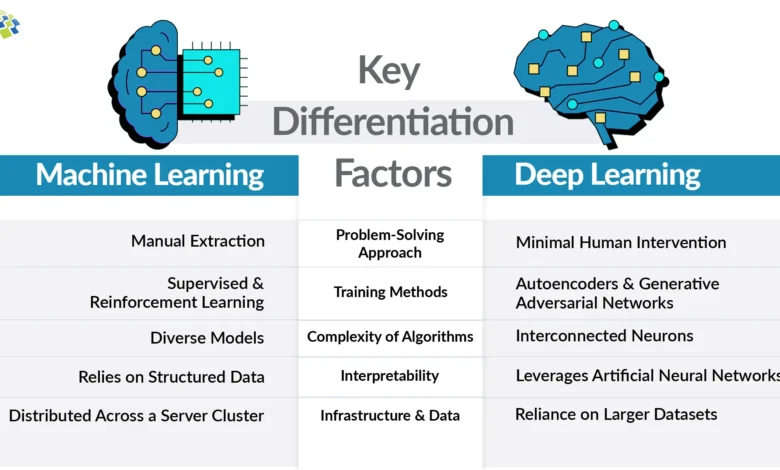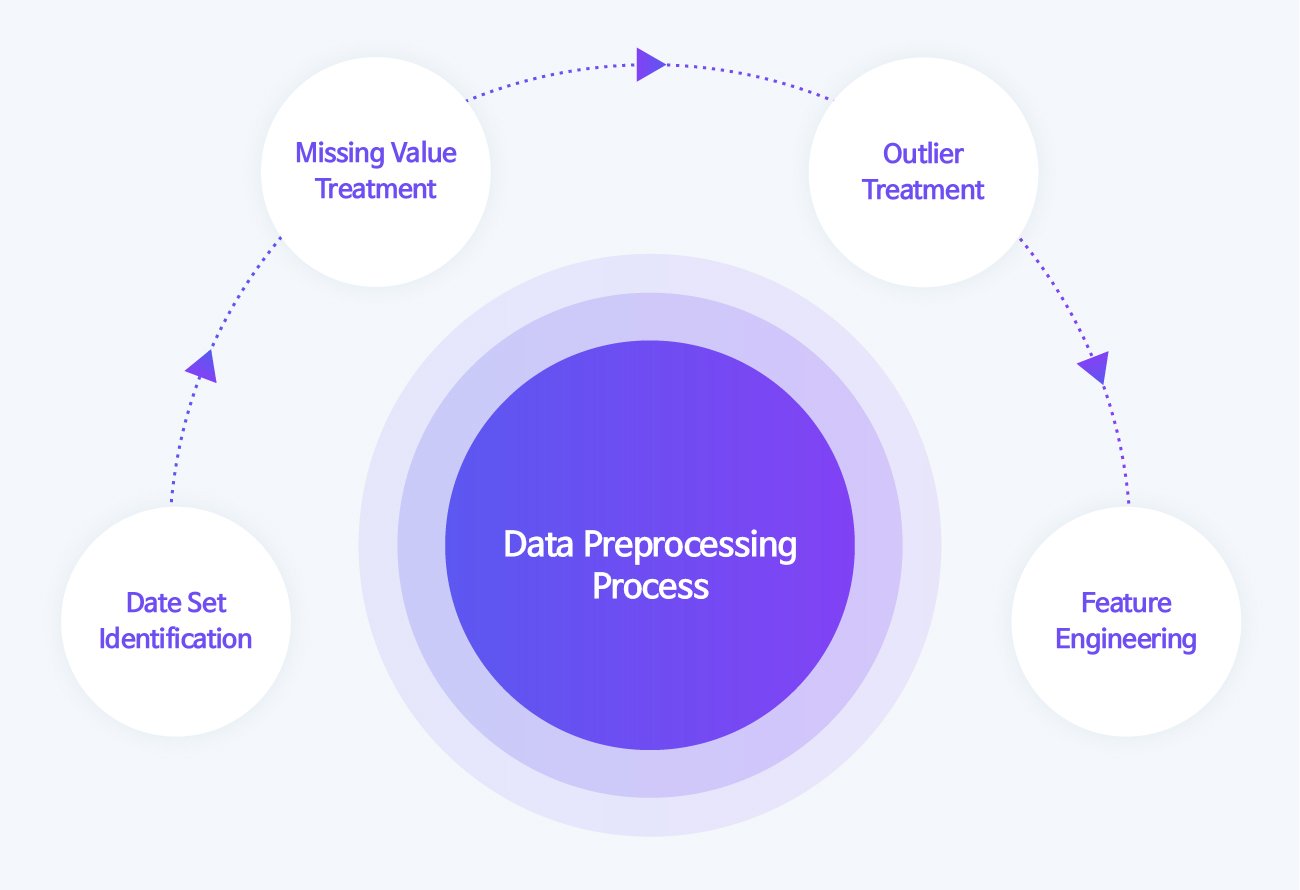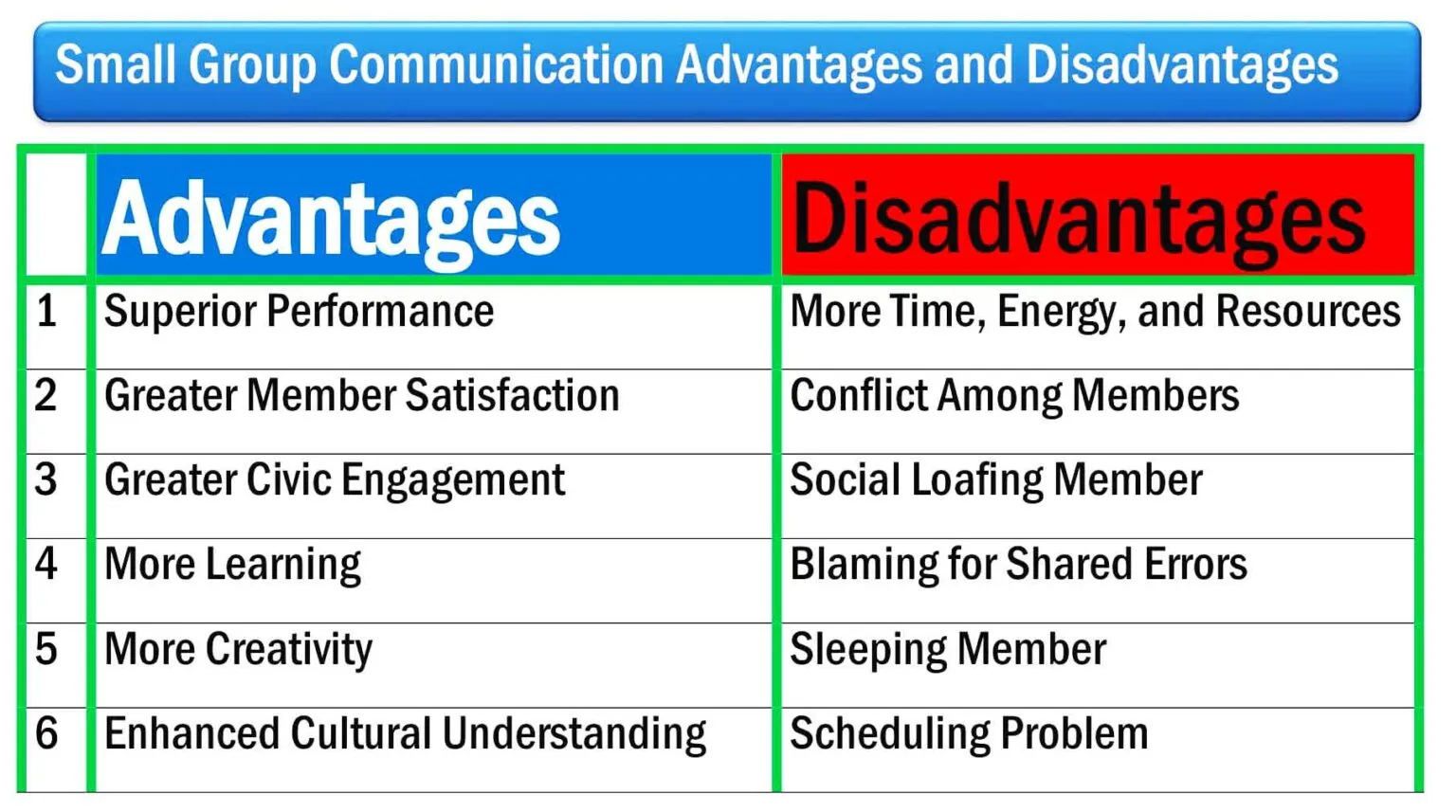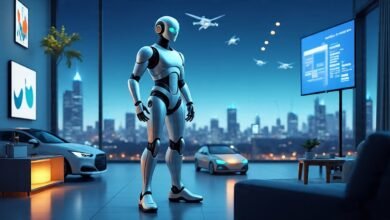Deep Learning vs Machine Learning Understanding the Differences
Discover the key differences between deep learning vs machine learning. Learn about neural networks, AI algorithms, and which technology suits

In today’s rapidly evolving technological landscape, artificial intelligence has become the cornerstone of innovation across industries. However, many people find themselves confused when distinguishing between machine learning and deep learning – two fundamental concepts that drive modern AI applications. While these terms are often used interchangeably, their differences are crucial for businesses, developers, and tech enthusiasts looking to leverage these powerful technologies effectively.
Machine learning represents a broad field of artificial intelligence that enables computers to learn and make decisions from data without explicit programming. Meanwhile, deep learning is a specialized subset of machine learning that uses complex neural networks inspired by the human brain’s structure. Deep learning is a specialized subset of machine learning that uses artificial neural networks to mimic the learning process of the human brain.
The distinction between these two approaches extends beyond technical definitions – it impacts everything from data requirements and computational resources to implementation complexity and application scenarios. A deep-learning model requires more data points to improve accuracy, whereas a machine-learning model relies on less data, given its underlying data structure. These key differences empower organizations to make informed decisions about which approach best suits their specific needs, whether they’re developing predictive analytics systems, computer vision applications, or natural language processing solutions.
This comprehensive guide will explore the fundamental differences between Deep Learning vs Machine Learning, examining their unique characteristics, applications, advantages, and limitations. By the end of this article, you’ll have a clear idea of when to choose each approach and how they can transform your business operations in the age of artificial intelligence.
What is Machine Learning
Deep Learning vs Machine Learning is a branch of artificial intelligence that focuses on creating systems capable of learning and improving from experience without being explicitly programmed for every task. At its core, machine learning involves developing algorithms that can identify patterns in data, make predictions, and adapt their performance based on new information.
Core Components of Machine Learning
The foundation of Deep Learning vs Machine Learning rests on several key components that work together to create intelligent systems. Training data serves as the fuel for machine learning algorithms, providing examples from which the system can learn patterns and relationships. Features represent the individual measurable properties of observed phenomena, while models are mathematical representations that capture the underlying patterns in the data.
Machine learning algorithms can be broadly categorized into three main types: supervised learning, unsupervised learning, and reinforcement learning. Supervised learning uses labeled datasets to train models that can make predictions on new, unseen data. Common supervised learning algorithms include linear regression, decision trees, and support vector machines. Unsupervised learning discovers hidden patterns in data without labeled examples, using techniques like clustering and dimensionality reduction.
Applications of Machine Learning
The versatility of Deep Learning vs Machine Learning has led to its adoption across numerous industries and applications. In healthcare, machine learning algorithms analyze medical images, predict disease outcomes, and personalize treatment plans. Financial institutions leverage machine learning for fraud detection, risk assessment, and algorithmic trading. E-commerce platforms use predictive analytics powered by machine learning to recommend products, optimize pricing, and improve customer experience.
Natural language processing applications powered by machine learning include sentiment analysis, language translation, and chatbot development. In manufacturing, machine learning enables predictive maintenance, quality control, and supply chain optimization. The automotive industry utilizes machine learning for autonomous vehicle development, route optimization, and driver assistance systems.
What is Deep Learning
Deep learning represents a sophisticated subset of Deep Learning vs Machine Learning that utilizes artificial neural networks with multiple layers to process and analyze complex data patterns. Deep learning is distinguished by the use of neural networks with three or more layers, designed to mimic the way neurons in our brains process information. The term “deep” refers to the multiple hidden layers within these networks, which enable the system to learn increasingly abstract and complex representations of data.
Neural Network Architecture
The architecture of Deep Learning vs Machine Learning systems is inspired by the structure and function of the human brain. Artificial neural networks consist of interconnected nodes (neurons) organized in layers: an input layer that receives data, multiple hidden layers that process information, and an output layer that produces results. Each connection between neurons has an associated weight that determines the strength of the signal passed between them.
Deep neural networks excel at automatic feature extraction, meaning they can identify relevant patterns and characteristics in raw data without manual intervention. This capability distinguishes deep learning from traditional machine learning approaches, where engineers typically need to manually select and engineer features. Convolutional neural networks (CNNs) are particularly effective for image processing tasks, while recurrent neural networks (RNNs) excel at sequential data analysis.
Advanced Deep Learning Techniques
Modern Deep Learning vs Machine Learning encompasses various specialized architectures designed for specific tasks. Transformer models have revolutionized natural language processing, enabling breakthrough applications like GPT and BERT. Generative adversarial networks (GANs) can create realistic synthetic data, including images, text, and audio. Reinforcement learning combined with deep neural networks has achieved superhuman performance in complex games and decision-making scenarios.
The training process for Deep Learning vs Machine Learning models involves backpropagation, where the network adjusts its weights based on the difference between predicted and actual outcomes. This process requires substantial computational resources, typically leveraging GPUs or specialized hardware like TPUs to handle the massive matrix calculations involved in training deep networks.
Key Differences Between Deep Learning and Machine Learning
The fundamental differences between Deep Learning vs Machine Learning are essential for choosing the right approach for your specific use case. While Deep Learning vs Machine Learning is technically a subset of machine learning, they differ significantly in their methodology, requirements, and capabilities.
Data Requirements and Processing

One of the most significant differences lies in data requirements. A deep-learning model requires more data points to improve accuracy, whereas a machine-learning model relies on less data, given its underlying data structure. Traditional machine learning algorithms can often perform well with smaller datasets, typically requiring hundreds to thousands of examples to achieve good performance.
Deep Learning vs Machine Learning models, on the other hand, thrive on massive datasets containing millions or even billions of data points. This hunger for data stems from the complex neural network architectures that need extensive examples to properly tune their numerous parameters. However, when sufficient data is available, deep learning models often achieve superior performance, especially on complex tasks involving unstructured data like images, audio, and text.
Feature engineering represents another crucial difference. Traditional Deep Learning vs Machine Learning requires domain experts to manually identify, select, and engineer relevant features from raw data. This process demands a deep understanding of the problem domain and a significant time investment. Deep learning automates feature extraction through its layered architecture, learning relevant patterns and representations directly from raw data.
Computational Requirements
The computational demands of Deep Learning vs Machine Learning vary dramatically. Traditional machine learning algorithms typically require modest computational resources and can run efficiently on standard CPUs. Training time for traditional models is generally measured in minutes to hours, making them suitable for resource-constrained environments and rapid prototyping.
Deep Learning vs Machine Learning models demand substantial computational power, often requiring specialized hardware like GPUs or TPUs for efficient training and inference. Training deep neural networks can take days, weeks, or even months for large models. However, recent advances in cloud computing and specialized hardware have made deep learning more accessible to organizations of all sizes.
Interpretability and Transparency
Deep Learning vs Machine Learning models, particularly simpler algorithms like decision trees and linear regression, offer high interpretability. Users can easily understand how these models make decisions, which features contribute most to predictions, and why specific outcomes occur. This transparency is crucial in regulated industries like healthcare and finance, where model explainability is often required.
Deep Learning vs Machine Learning models are often described as “black boxes” due to their complex, multi-layered architecture. Exactly how a deep neural network arrives at its decisions can be challenging, even for experts. However, recent research in explainable AI has developed techniques to improve deep learning interpretability, including attention mechanisms, gradient-based methods, and layer-wise relevance propagation.
Neural Networks: The Foundation of Deep Learning
Neural networks form the backbone of Deep Learning vs Machine Learning technology, representing a paradigm shift from traditional rule-based programming to learning-based systems. These networks are computational models inspired by the biological neural networks found in animal brains, designed to recognize patterns and make decisions through interconnected processing nodes.
Structure and Function of Neural Networks
A basic artificial neural network consists of three types of layers: input layers that receive data, hidden layers that process information, and output layers that produce results. Each neuron in a layer connects to neurons in adjacent layers through weighted connections that determine the strength of signal transmission. The network learns by adjusting these weights based on training examples, gradually improving its ability to recognize patterns and make accurate predictions.
Activation functions play a crucial role in neural network operation, determining whether a neuron should be activated based on the input it receives. Common activation functions include ReLU (Rectified Linear Unit), sigmoid, and tanh, each with specific characteristics that make them suitable for different types of problems. The choice of activation function can significantly impact network performance and training stability.
Deep Neural Network Architectures
Deep neural networks extend basic neural networks by incorporating multiple hidden layers, enabling them to learn hierarchical representations of data. Convolutional neural networks (CNNs) excel at processing grid-like data such as images, using specialized layers that apply filters to detect features like edges, textures, and objects. Recurrent neural networks (RNNs) are designed for sequential data analysis, maintaining memory of previous inputs to understand context and temporal relationships.
Long short-term memory (LSTM) networks address the vanishing gradient problem in traditional RNNs, enabling them to learn long-term dependencies in sequential data. Transformer architectures have revolutionized natural language processing by using self-attention mechanisms to process sequences in parallel rather than sequentially, leading to more efficient training and better performance on language tasks.
Modern deep learning also employs techniques like batch normalization to stabilize training, dropout to prevent overfitting, and residual connections to enable training of very deep networks. These innovations have made it possible to train networks with hundreds or even thousands of layers, achieving unprecedented performance on complex tasks.
Applications and Use Cases
The practical applications of Deep Learning vs Machine Learning span virtually every industry, each approach offering unique advantages for different types of problems and data scenarios.
Deep Learning vs Machine Learning Applications
Traditional machine learning excels in scenarios where interpretability, speed, and efficiency are paramount. In financial services, machine learning algorithms power credit scoring systems, fraud detection mechanisms, and risk assessment tools. These applications benefit from machine learning’s transparency, allowing financial institutions to explain their decisions to regulators and customers.
Healthcare applications of machine learning include diagnostic support systems, drug discovery, and personalized treatment recommendations. Machine learning algorithms analyze patient data, medical histories, and clinical trials to identify patterns that support medical decision-making. The interpretability of traditional machine learning models is particularly valuable in healthcare, where the reasoning behind recommendations is crucial for patient safety.
Manufacturing industries leverage machine learning for predictive maintenance, quality control, and supply chain optimization. These applications often involve structured data from sensors, production systems, and logistics networks, making them well-suited for traditional machine learning approaches that can deliver results with relatively small datasets and clear feature engineering.
Deep Learning Applications
Deep Learning vs Machine Learning dominates applications involving complex, unstructured data where traditional approaches struggle to extract meaningful patterns. Computer vision represents one of the most successful applications of deep learning, with convolutional neural networks achieving superhuman performance on image classification, object detection, and medical image analysis tasks.
Natural language processing has been revolutionized by deep learning, enabling breakthrough applications like machine translation, text generation, and conversational AI. Transformer models power modern language models that can understand context, generate human-like text, and perform complex reasoning tasks across multiple languages and domains.
Autonomous systems rely heavily on deep learning for perception, decision-making, and control. Self-driving cars use deep neural networks to process sensor data, recognize objects, and plan safe trajectories. Robotics applications employ deep learning for manipulation, navigation, and human-robot interaction, enabling robots to adapt to complex, dynamic environments.
Advantages and Limitations

The strengths and weaknesses of Deep Learning vs Machine Learning help organizations make informed decisions about which approach best suits their specific needs and constraints.
Machine Learning Advantages
Traditional machine learning offers several compelling advantages that make it the preferred choice for many applications. Interpretability stands out as a primary strength, with algorithms like decision trees and linear regression providing clear insights into decision-making processes. This transparency is invaluable in regulated industries where model explainability is mandatory.
Computational efficiency represents another significant advantage of traditional machine learning. These algorithms typically require less processing power and can run effectively on standard hardware, making them accessible to organizations with limited computational resources. Training speed is generally fast, allowing for rapid experimentation and model iteration.
Data efficiency enables traditional machine learning to achieve good performance with smaller datasets, making it practical for organizations with limited data availability. The ability to work effectively with structured data and incorporate domain expertise through feature engineering allows traditional machine learning to excel in well-defined problem spaces.
Deep Learning Advantages
Deep learning excels in scenarios requiring complex pattern recognition and automatic feature extraction from unstructured data. The ability to learn hierarchical representations enables deep neural networks to discover intricate patterns that might be impossible to identify manually. This capability is particularly valuable for computer vision, natural language processing, and speech recognition tasks.
Scalability with large datasets is a significant advantage of deep learning. While traditional machine learning performance often plateaus as data increases, deep learning models continue to improve with more training data, often achieving state-of-the-art results on benchmark datasets.
The versatility of deep learning enables it to tackle diverse problems across different domains using similar architectural principles. Transfer learning capabilities allow pre-trained models to be adapted for new tasks with minimal additional training, reducing development time and computational requirements.
Limitations and Challenges
Both approaches face distinct limitations that must be considered when selecting the appropriate technology. Traditional machine learning struggles with complex pattern recognition in high-dimensional, unstructured data. The manual feature engineering process can be time-consuming and requires domain expertise that may not be readily available.
Deep learning faces challenges related to computational requirements, often necessitating specialized hardware and extended training times. The “black box” nature of deep neural networks can be problematic in applications requiring explainability. Data requirements are substantial, and deep learning models may overfit when training data is limited.
Hyperparameter tuning in deep learning can be complex and time-consuming, requiring expertise in network architecture design and optimization techniques. The sensitivity to hyperparameter choices can make deep learning models difficult to reproduce and deploy consistently.
Choosing Between Deep Learning and Machine Learning
The decision between Deep Learning vs Machine Learning depends on multiple factors, including data availability, computational resources, interpretability requirements, and specific problem characteristics.
Decision Framework
When evaluating Deep Learning vs Machine Learning approaches, consider the nature of your data and problem complexity. If you have structured data with clear relationships and require interpretable models, traditional machine learning algorithms like random forests, support vector machines, or linear regression may be optimal. These approaches work well when domain expertise can guide feature selection and when model transparency is crucial.
Deep Learning vs Machine Learning becomes the preferred choice when dealing with unstructured data like images, text, or audio, where manual feature extraction is challenging or impossible. If you have access to large datasets (typically millions of examples) and sufficient computational resources, deep learning can achieve superior performance on complex pattern recognition tasks.
Consider time constraints and development resources when making your decision. Traditional machine learning projects typically have shorter development cycles and require less specialized expertise, making them suitable for rapid prototyping and proof-of-concept development. Deep learning projects require more time for experimentation, hyperparameter tuning, and model optimization.
Hybrid Approaches
Many successful applications combine Deep Learning vs Machine Learning techniques to leverage the strengths of both approaches. Ensemble methods can combine predictions from multiple models, including both traditional machine learning algorithms and deep neural networks, often achieving better performance than either approach alone.
Feature engineering can benefit from deep learning techniques, where neural networks extract complex features that are then used as inputs to traditional machine learning algorithms. This hybrid approach can provide the best of both worlds: the feature extraction capabilities of deep learning with the interpretability and efficiency of traditional machine learning.
Future Trends and Developments
The landscape of artificial intelligence continues to evolve rapidly, with new developments in both machine learning and deep learning reshaping the field’s future possibilities.
Emerging Technologies
Automated machine learning (AutoML) is democratizing access to machine learning by automating model selection, hyperparameter tuning, and feature engineering processes. These tools enable non-experts to build effective machine learning solutions, expanding the technology’s reach across organizations and industries.
Federated learning addresses privacy and data sovereignty concerns by enabling model training across distributed datasets without centralizing data. This approach is particularly valuable in healthcare, finance, and other privacy-sensitive domains where data cannot be easily shared.
Quantum machine learning represents a frontier technology that could revolutionize how we approach complex optimization problems and pattern recognition tasks. While still in early stages, quantum computing may enable breakthrough capabilities in machine learning and deep learning applications.
Industry Evolution
The integration of AI into business processes continues to accelerate, with Deep Learning vs Machine Learning becoming essential components of digital transformation strategies. Edge computing is enabling the deployment of AI models on mobile devices and IoT systems, bringing intelligence closer to data sources and reducing latency.
Sustainable AI initiatives focus on reducing the environmental impact of training large deep learning models through more efficient architectures, training techniques, and hardware optimization. This trend addresses growing concerns about the carbon footprint of AI systems.
The convergence of Deep Learning vs Machine Learning, and other emerging technologies like blockchain, IoT, and 5G networks, is creating new possibilities for intelligent systems that can adapt, learn, and make decisions in real-time across distributed environments.
More Read: Academic AI Conferences vs Industry Events: Which to Choose
Conclusion
The distinction between Deep Learning vs Machine Learning represents more than a technical differentiation—it reflects different approaches to solving complex problems in our data-driven world. Traditional machine learning excels in scenarios requiring interpretability, working with structured data, and operating under resource constraints, making it ideal for applications in finance, healthcare diagnostics, and manufacturing optimization.
Deep learning, as a sophisticated subset of machine learning, dominates complex pattern recognition tasks involving unstructured data like images, text, and speech, powering breakthrough applications in computer vision, natural language processing, and autonomous systems. While deep learning requires substantial computational resources and large datasets, it offers unparalleled performance on complex tasks through its multi-layered neural network architectures.
The choice between these approaches depends on your specific requirements: data type and volume, computational resources, interpretability needs, and problem complexity. As artificial intelligence continues to evolve, successful organizations will leverage both traditional machine learning algorithms and deep learning techniques, often in hybrid approaches that combine the transparency and efficiency of traditional methods with the sophisticated pattern recognition capabilities of deep neural networks, ultimately driving innovation across industries and transforming how we interact with technology.











